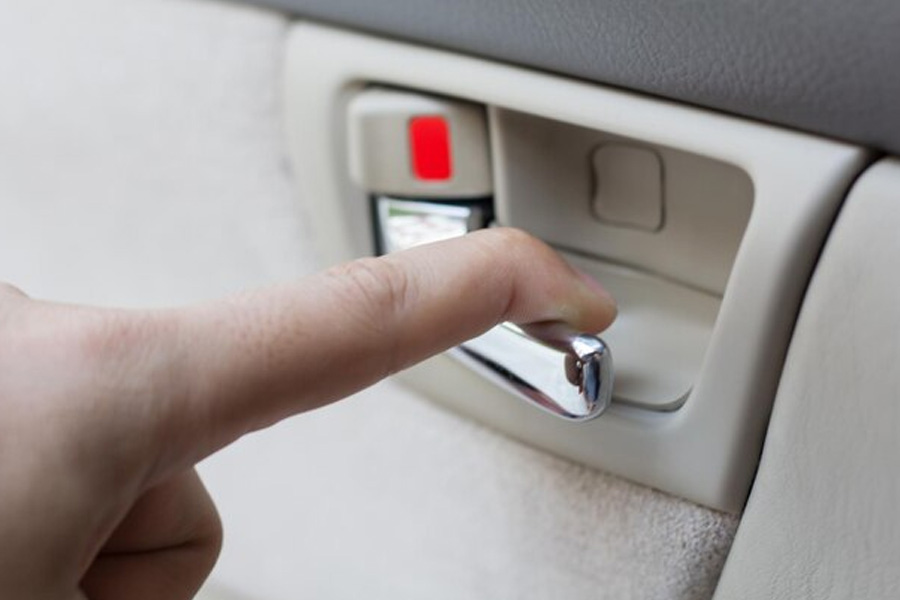Protecting Your Power Lock System from Road Salt: Tips for Longevity

Image Source: www.freepik.com
Road salt is often used to ensure safe driving conditions during the winter months, in addition to snow and ice. Despite being a good way to melt ice, road salt is a serious danger to automobile power lock systems. Sodium chloride is the main component of road salt, and it is extremely corrosive. An electrochemical reaction is triggered when salt-laden water splashes against an automobile’s body and undercarriage, resulting in corrosion and rust. Power locks’ complex mechanics, such as the actuators, wiring, and other parts necessary for their correct operation, may be seriously impacted by this corrosion.
How Road Salt Attacks Power Lock Systems
The location and materials used in the building of power lock systems make them vulnerable against road salt. Many of the parts are found in the doors, usually close to the bottom, which are quite prone to splashes from road salt. Although usually insulated, the wiring and connectors might still be prone to corrosion should the protective layers be damaged. Salt water invading these regions might hasten the metal contacts’ corrosion, causing electrical shorts, more resistance, and finally the power lock system’s failure. Moreover, the build-up of rust and corrosion can jam or seize the actuators, which physically lock and release the doors, therefore rendering the whole system useless.
Identifying Damage Caused by Salt
The key to avoiding serious harm to your power lock system is early rust identification. Keep an eye out for any changes in your power locks’ performance, such as slow response times, sporadic operation, or strange noises. Signs of corrosion can also be found by visual inspection. Examine the lower edges of the doors, the lock mechanisms, and the door handles for any signs of rust, discolouration, or peeling paint. It is imperative that you act quickly to minimise the harm and stop additional deterioration if you observe any of these warning indicators.
Defensive Strategies: Covering Your Power Locks
To safeguard your power lock system, regular maintenance is essential. Luckily, there are a few steps you can take to shield your system from road salt’s negative effects. Regular washing of your automobile is the best way to ensure that the undercarriage and lower body panels look great. To get rid of gathered salt and grime, think about employing an underbody wash available at a car wash. An additional layer of protection might come from undercarriage rust-proofing or corrosion-resistant paints. At Auto Repair in Wheatridge, CO, professionals can assist with rust prevention measures for enhanced durability.
Conclusion
Apart from routine maintenance and protective coatings, your power lock system’s health depends on preventative maintenance. Check the wire and connectors often for damage or corrosion. Deal with any exposed wires or loose connections right away to stop more breakdown. To guard the connectors from moisture and corrosion, think about running dielectric grease over them.




